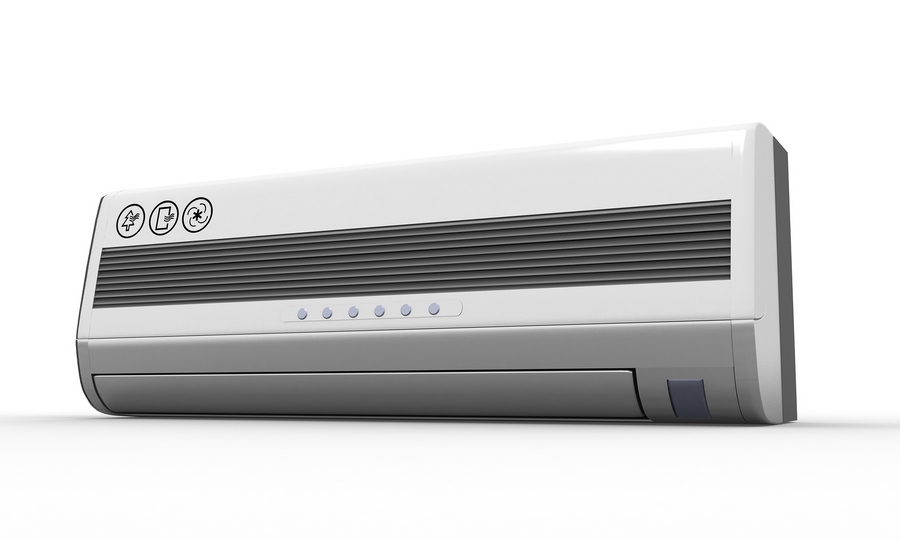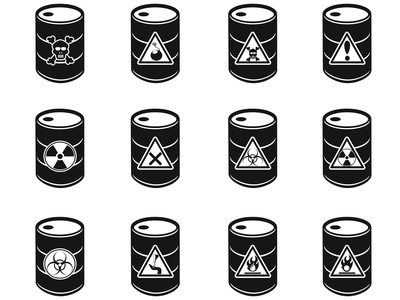The leak detection industry is a multibillion-dollar industry, with the leak detection market for Oil & Gas, alone, projected to reach $2.71 billion by 2020. Whether it is the Oil & Gas industry of the water maintenance industry, it is important for companies and municipalities to understand what they should be looking for in a comprehensive leak detection system, as far as performance is concerned. According to a recent report, one of the things that is driving the rapid growth of the leak detection industry is the pressure from government and private agencies that are demanding that these companies execute more environmental responsibility.
As these companies look to enhance their leak detection capacity they will be looking for leak detection equipment that will perform at a high level. There are certain elements that must be present in order for a leak detection system to achieve optimal performance.
1. Identification and Localization of the Leak
The first step in any leak detection system is to have the capacity to detect and identify the leak. This usually involves sensors and pressure gauges that are regulated by a software program that is designed to alert operators and managers of the leak. A leak must be defined within the system by setting standards in pressure maintenance. So, basically, when the pressure drops below a specified level, the leak sensors are triggered, and the operators and managers are notified through system alerts. The system must also be able to localize the leak, specifying the location of the leak. With many systems being massive in scale, simply knowing that there is a leak is not sufficient. It will be necessary to identify the location of the leak as quickly as possible.
2. Quantification
Once a leak has been identified and located the next performance task of the equipment is to quantify the leak. In other words, the system will need to have the capacity to detail how large the leak is, which will impact the response. Depending on the industry, and the size of the leak, it may be necessary to implement emergency protocol.
3. Classification
After identification, localization and quantification, there will finally need to be the process of classification. In this instance, classification is the process through which the type of leak and risk factor is assessed. Is the leak a minimum, medium or maximum threat? Is it harmful or harmless? Having the capacity to make these determinations quickly helps to ensure the proper response.
As the need and intent to protect the global environment and the world population, the demand for leak detection systems and equipment will continue to increase as well. It will be necessary for companies to find comprehensive solutions for their leak detection needs.











